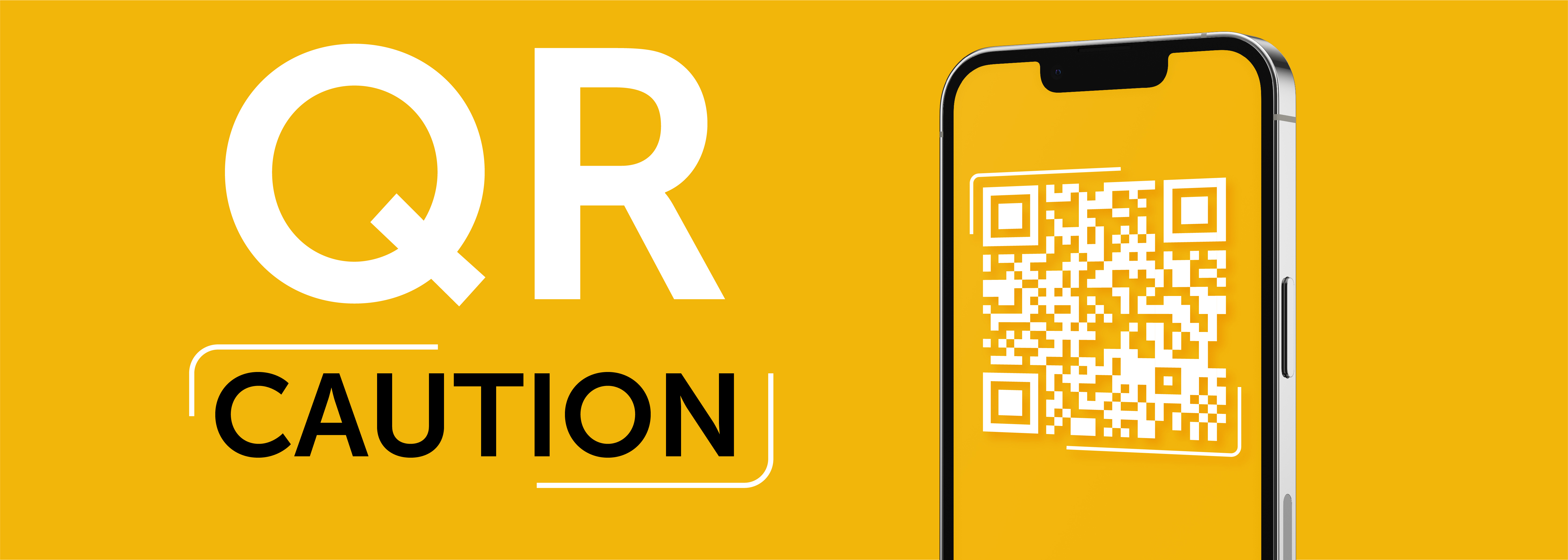A QR code, or quick response code, is a type of bar code that can be used to provide easy access to online information, such as websites, menus, contact information, directions, and more. To use them, all you need to do use open the camera on your smart device to scan the code, but as with most technology today you need to be careful. Cybercriminals are taking advantage of this technology by using QR codes to direct victims to malicious sites to steal personal information, download malware to their devices, and even redirect payments.
To help you stay safe, here are six tips to protect yourself when using QR codes:
- Safety First! Step up your mobile device security. Just as you would for laptops and desktops, mobile devices should have a reputable antivirus installed as well.
- Slow Down. QR codes that may seem like they have been sent by a co-worker, friend, or even family member can present risks as there is always a chance that the sender's account has been hacked. Always ask yourself: Do I trust that it is safe?
- Practice Caution. This is especially true when entering login, personal, or financial information into a site navigated to or from a QR code. Always confirm that the URL is correct. A fraudulent domain name may be similar to the intended URL...but may include typos or a misplaced letter.
- Look Before You Scan. Check for tampered codes, such as a sticker placed on top of the original code. This is a common form of QR code fraud.
- Say No To Apps. Do not download a QR code scanner app. This increases your risk of downloading malware onto your device. Instead, use your device's camera. Also, always go to the official app store for your device’s operating system and download your apps from there, never directly from a QR code.
- Don’t make electronic payments via QR codes. Always use the native app or visit the official domain and log in there.


